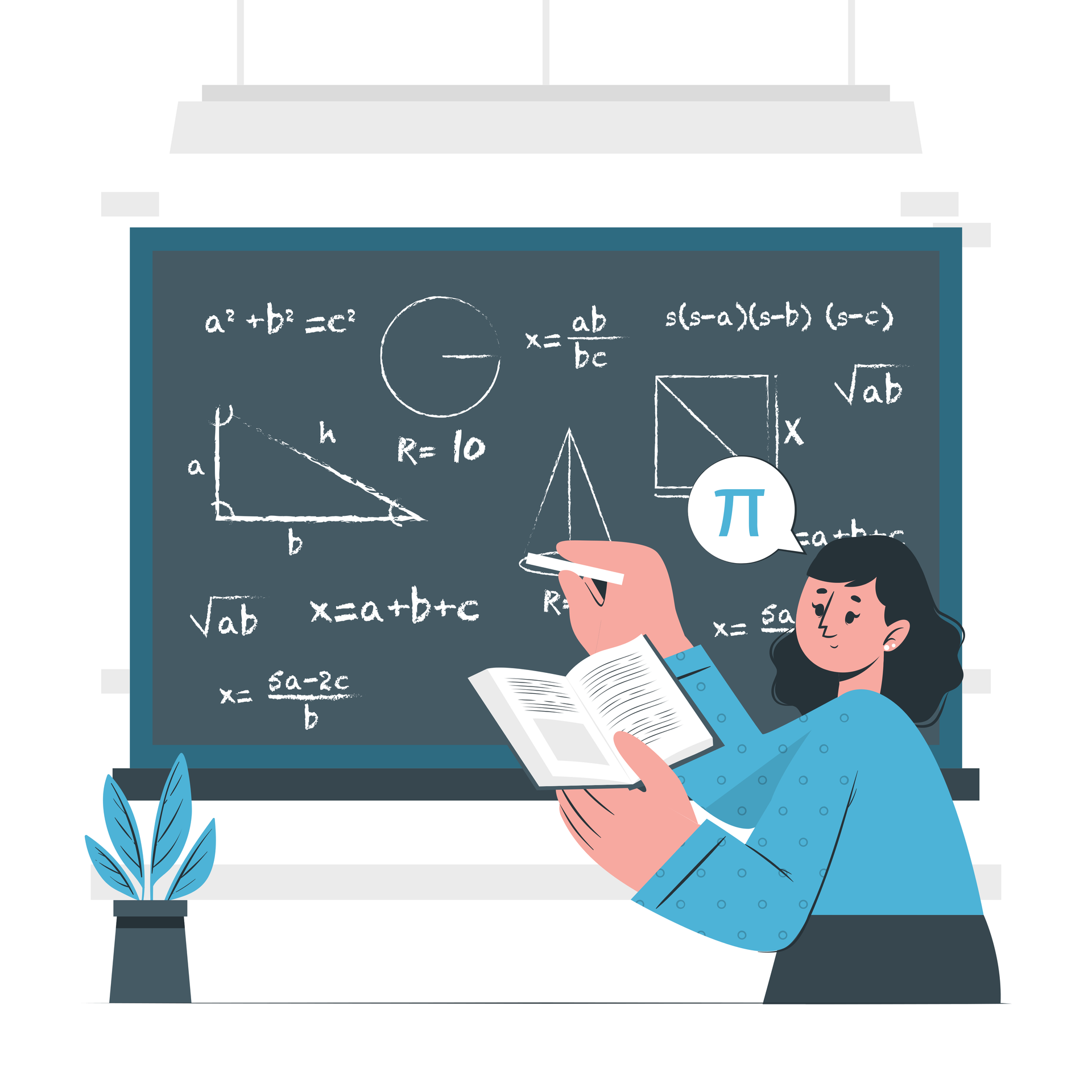Private tutoring has become one of the fastest-growing parts of education today.

Families are turning to tutors not only to help children who are struggling but also to give them an extra push to get ahead. Globally, the industry is booming: estimates suggest that by 2026 the private tutoring market will be worth $175 billion (Zion Market Research, 2021).
South Africa mirrors this trend. The local private tutoring market was worth nearly USD 1 billion in 2021 , with forecasts predicting growth to over USD 2.2 billion in the coming years (CAGR ~7.2%). Online tutoring is growing rapidly thanks to better internet access and demand for personalised learning, while the AI tutoring market alone is projected to jump from USD 26.6 million in 2024 to USD 143.8 million by 2030 .
Why Tutoring Is Growing
A number of factors have fuelled this rise:
- Covid-19 school closures disrupted learning for millions, and many parents turned to tutors to plug the gaps.
- Competition for elite schools and universities has made parents more eager to give their children every possible advantage.
- Urban demand is particularly strong—students in London are twice as likely to receive private tutoring as those living elsewhere (Sutton Trust, 2019). In South Africa, tutoring is also concentrated in urban areas, and typical hourly rates are ranging from R272 to R500 , depending on qualifications and experience.
It’s not just mainstream schooling. Home-educated students also increasingly rely on tutors for specialist subjects and exam preparation (Bray, 2021; Guill et al., 2020; Kirby, 2016).
The Benefits of Tutoring
When used well, tutoring can be a game-changer for children.
- One-on-one focus – Tutors can tailor lessons to your child’s strengths and weaknesses in a way classrooms can’t always manage.
- Confidence boost – Children often feel more capable and motivated with a supportive adult guiding them.
- Closing gaps – A tutor can revisit tricky topics until your child masters them.
- Better study habits – Alongside content, many tutors teach organisation and exam skills that last beyond school.
The Concerns Parents Should Know
But tutoring is not without its downsides.
- Quality and regulation – Unlike schools and teachers, private tutors are often unregulated in many countries, including South Africa. Tutors may be professional teachers, but they may also be university students or volunteers. This raises questions about safeguarding and quality control (Hof, 2014; Zhang, 2019).
- Overwork and burnout – Adding hours of tutoring to already packed schedules can leave children drained and reduce time for play, creativity, and rest.
- Dependence – If tutoring goes on for too long, children may start believing they can’t handle schoolwork without help.
- Conflicting methods – Sometimes tutors use different teaching approaches than schools, leaving children confused rather than confident.
- Unknown long-term effects – Research has focused mostly on academic performance, particularly in countries like South Korea and China where tutoring is widespread. Little is known about the non-academic impacts of tutoring—such as effects on resilience, creativity, or independence (Bray, 2021; Guill et al., 2020).
How to Use Tutoring Wisely
Tutoring can be powerful, but balance is key. Here are a few tips:
- Identify the need – Is tutoring really necessary, or is it just keeping up with other families?
- Check credentials – Ask about a tutor’s background and approach to teaching.
- Keep it balanced – Protect time for sports, hobbies, and downtime.
- Focus on independence – The ultimate goal should be to help your child feel confident learning on their own.
Final Thoughts
Private tutoring is no longer a rare add-on, it is a global industry, and in South Africa alone, it is a
lucrative sector that continues to grow each year . When done thoughtfully, it can help children close gaps, build confidence, and prepare for the future. But without care, it risks creating pressure, dependency, and uneven quality. At StudyChamp, we believe in striking the right balance: using tutoring (and our resources!) as a support, not a crutch. After all, the goal is not just
better grades today but
stronger, more resilient learners for tomorrow .
References:
https://irvingscott.com/insights/private-tutors-in-enhancing-your-childs-learning/https://www.goodschoolsguide.co.uk/tutors/advice/could-tutoring-harm-my-childWalker, N. & Zhang, K. C. (2024). What are the non-academic impactsof private tutoring? Voices from A-level students in UK urban schools. Issues inEducational Research, 34(2), 760-780. http://www.iier.org.au/iier34/walker.pdf
Recent Posts













